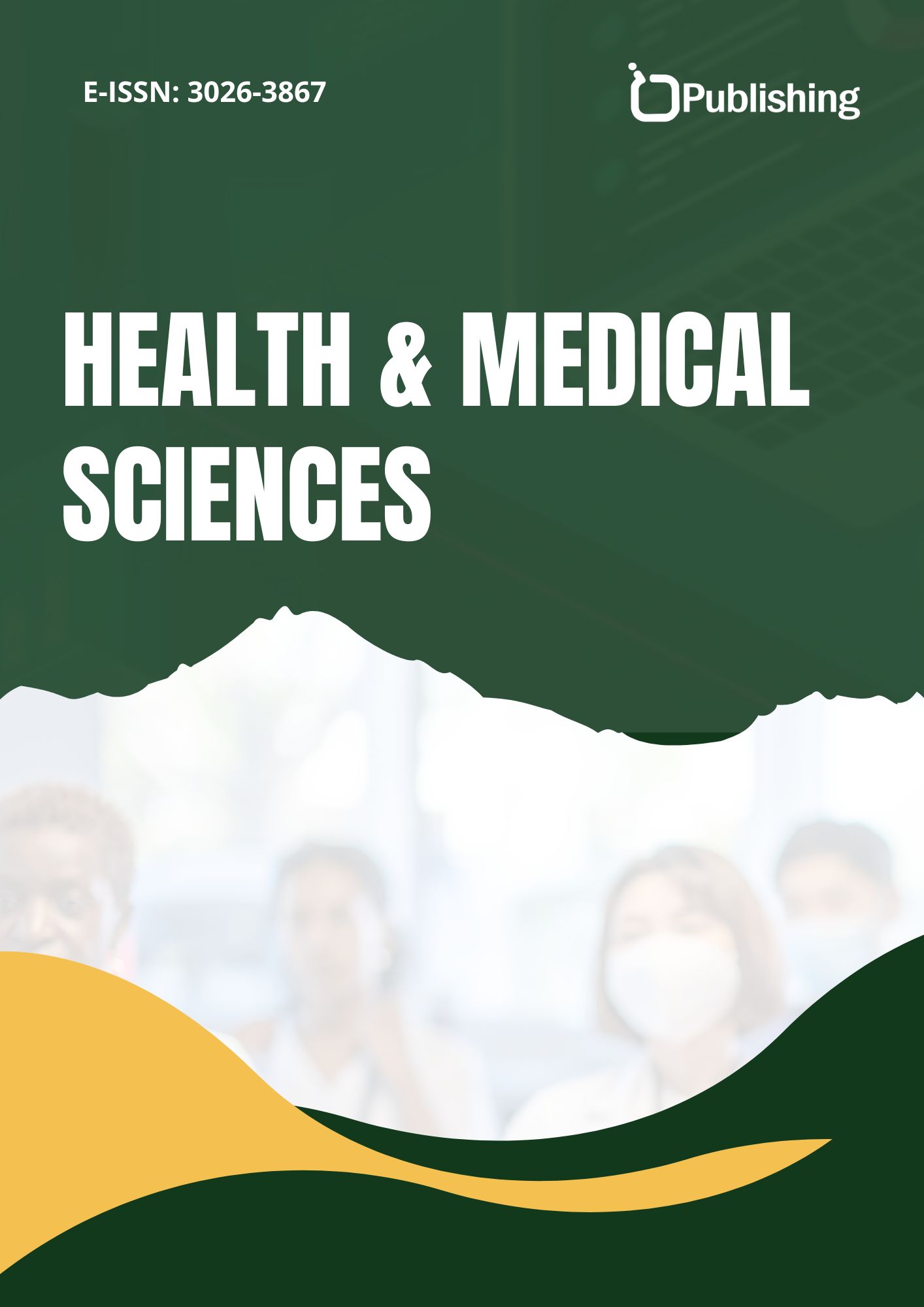A 40-Year-Old Male Patient With Encephalopathy Hypertension And Emergency Hypertension With Sinus Tachycardia And Acute Kidney Injury. A Case Report.
DOI:
https://doi.org/10.47134/phms.v1i4.278Keywords:
Encephalopathy Hypertensy, , Emergency hypertension, Seizures, Loss Of ConsciousnessAbstract
We present the case of A male 40 years old with Encephalopathy Hypertension and Emergency Hypertension with Sinus Tachycardia and Acute Kidney Injury. the patient was diagnosed with hypertensive encephalopathy based on clinical criteria upon admission to the hospital, compared to the patient's condition when allowed to go home. Electrocardiography, chest x-ray, and laboratory examinations such as kidney function tests, liver function tests, and complete blood count were performed to identify other complications of hypertensive emergency. This patient was taken to the ER due to decreased consciousness after a seizure occurring shortly before being admitted. After a comprehensive physical examination, a blood pressure of 260/110 was recorded, and the patient exhibited decreased consciousness: GCS eye 4, verbal 3, motor 5. The patient was given intravenous anti-hypertensi to reduce blood pressure according to the recommended MAP, which is a 20-25% decrease in one hour. Subsequently, the patient's blood pressure normalized, and slowly, the patient's consciousness returned to normal. The patient was stable and, on the third day of treatment, was discharged with normal blood pressure and no neurological deficits.
References
(n.d.).C, R. (1978). hipertensi encephalopathy recognition and management. arch intern med, 1851-1853.
Chung T, L. C. (2013). risk of subsequent epilepsy among patient with hipertensi encephalopaty : a nation wide population-based study. epilepsy & behavior Volume 29 , , 374-378.
Lukito A, H. E. (2019). Konsensus penatalaksanaan hipertensi . jakarta : pehimpunan dokter hipertensi indonesia.
miller J, S. K. (2018). new development in hipertensi encephalopaty. spinger science + bussiness media part of spinger nature , 13-20.
Potter T, A. T. (2024). Hypertensive Encephalopathy. texas: StatPearls Publishing.
Prasmaswari N, V. ,. (2022). Wanita Usia 39 Tahun dengan Ensefalopati Hipertensi: Laporan Kasus. arteri jurnal ilmu kesehatan, 78-81.
Srividova K, T. E. (2019). hipertensi encephalopaty. clinical characteristics, diagnosis criteria. romanian journal of neurology, 52-64.
Angeli, P. (2018). EASL Clinical Practice Guidelines for the management of patients with decompensated cirrhosis. Journal of Hepatology, 69(2), 406–460. https://doi.org/10.1016/j.jhep.2018.03.024
Armstrong, A. J. (2019). Arches: A randomized, phase III study of androgen deprivation therapy with enzalutamide or placebo in men with metastatic hormone-sensitive prostate cancer. Journal of Clinical Oncology, 37(32), 2974–2986. https://doi.org/10.1200/JCO.19.00799
Chen, T. (2020). Clinical characteristics of 113 deceased patients with coronavirus disease 2019: Retrospective study. The BMJ, 368. https://doi.org/10.1136/bmj.m1091
Garcia, L. C. (2018). The use of administrative sanctions to prevent environmental damage in impact assessment follow-ups. Journal of Environmental Management, 219, 46–55. https://doi.org/10.1016/j.jenvman.2018.04.112
Grobman, W. A. (2018). Labor induction versus expectant management in low-risk nulliparous women. New England Journal of Medicine, 379(6), 513–523. https://doi.org/10.1056/NEJMoa1800566
Jayson, G. C. (2016). Antiangiogenic therapy in oncology: current status and future directions. The Lancet, 388(10043), 518–529. https://doi.org/10.1016/S0140-6736(15)01088-0
Neelapu, S. (2018). Chimeric antigen receptor T-cell therapy-assessment and management of toxicities. Nature Reviews Clinical Oncology, 15(1), 47–62. https://doi.org/10.1038/nrclinonc.2017.148
Olesen, J. (2018). Headache Classification Committee of the International Headache Society (IHS) The International Classification of Headache Disorders, 3rd edition. Cephalalgia, 38(1), 1–211. https://doi.org/10.1177/0333102417738202
Paterson, R. W. (2020). The emerging spectrum of COVID-19 neurology: Clinical, radiological and laboratory findings. Brain, 143(10), 3104–3120. https://doi.org/10.1093/brain/awaa240
Schlumberger, M. (2015). Lenvatinib versus placebo in radioiodine-refractory thyroid cancer. New England Journal of Medicine, 372(7), 621–630. https://doi.org/10.1056/NEJMoa1406470
Younossi, Z. (2019). Nonalcoholic Steatohepatitis Is the Fastest Growing Cause of Hepatocellular Carcinoma in Liver Transplant Candidates. Clinical Gastroenterology and Hepatology, 17(4), 748–755. https://doi.org/10.1016/j.cgh.2018.05.057
Downloads
Published
How to Cite
License
Copyright (c) 2024 Asrina Rery Kahowi, Veny Vicy Vidy Mandang, Vidithya Lindawati

This work is licensed under a Creative Commons Attribution 4.0 International License.










